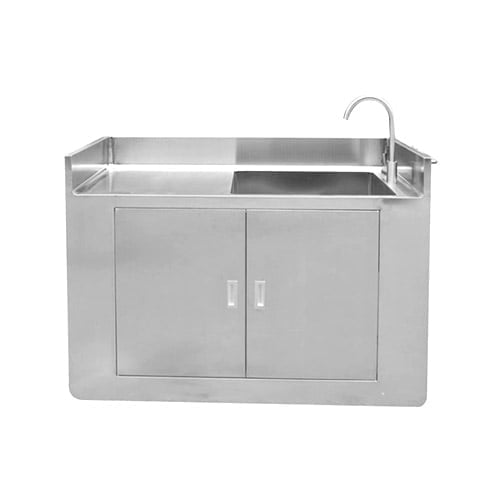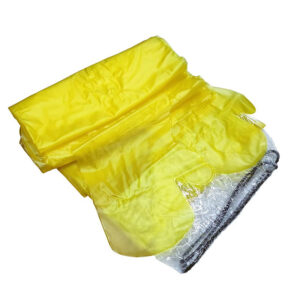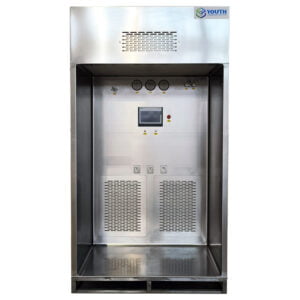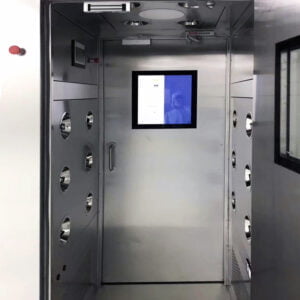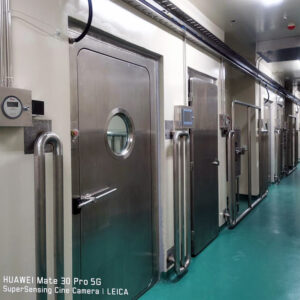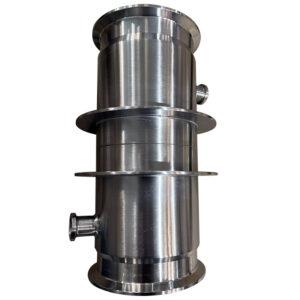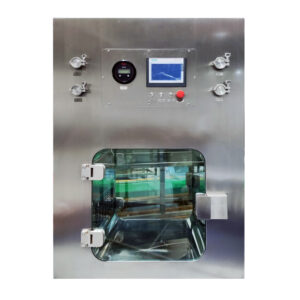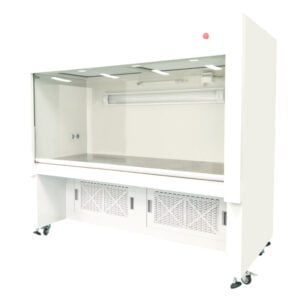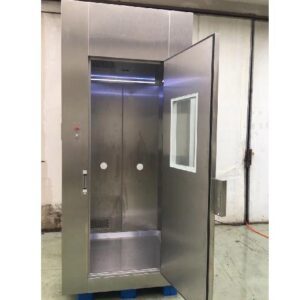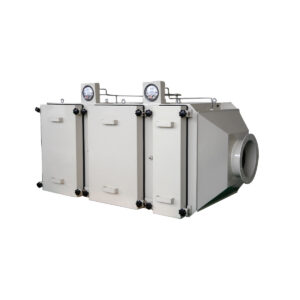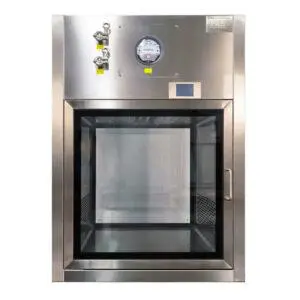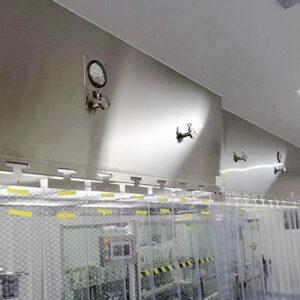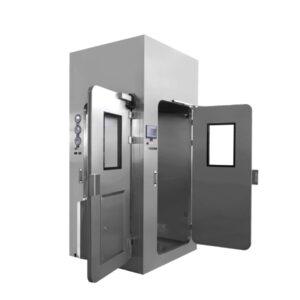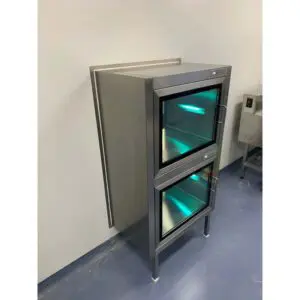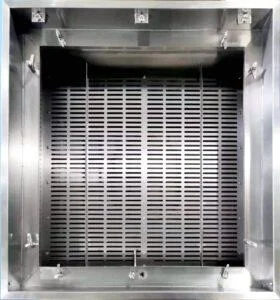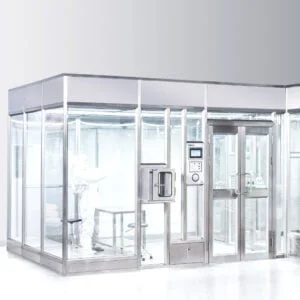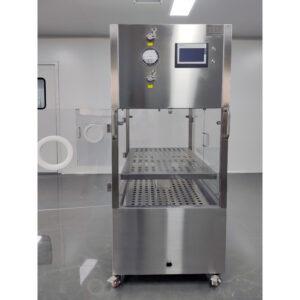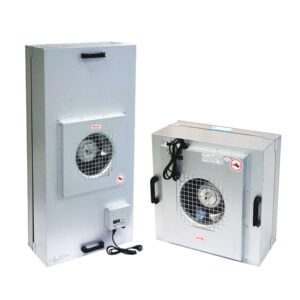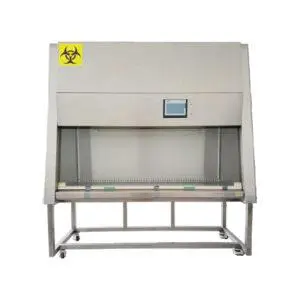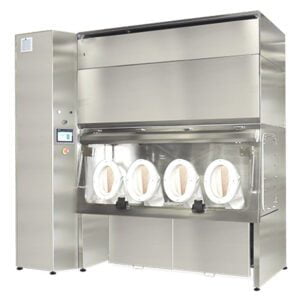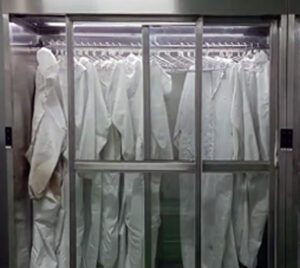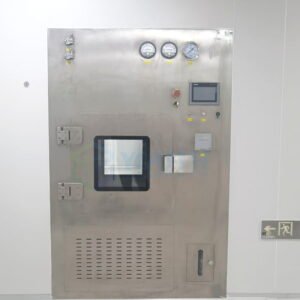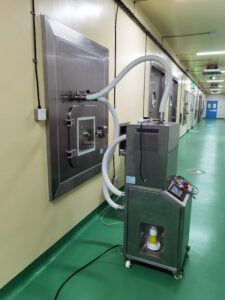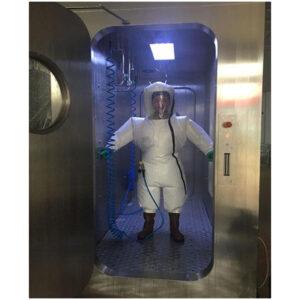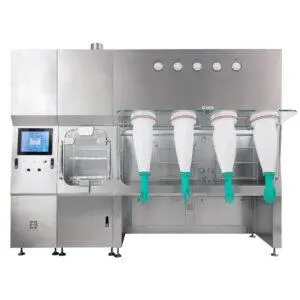1. Material Selection: When selecting stainless steel sinks for clean rooms, high-quality materials such as SUS304 and SUS316L are typically used. These materials offer excellent resistance to corrosion, high temperatures, and ease of cleaning, making them ideal for meeting the strict hygiene requirements of clean rooms.
2. Welding Technology: Our stainless steel sinks are designed using full welding and polishing techniques, which ensures that there are no corners or gaps where dirt and bacteria can accumulate. This design not only makes cleaning easier but also meets the stringent hygiene requirements of clean rooms, preventing the accumulation of dust and bacteria.
3. Size and Shape: To ensure that our stainless steel sinks in clean rooms fit the specific requirements of each room, we customize our products by designing them according to the room’s dimensions, equipment, and layout. This ensures that the sink’s size and shape match the room’s curved corners and other features, providing a perfect fit.
4. Drainage System: Our designed sinks are equipped with four drainage channels, ensuring that water is promptly drained from the sink, without compromising the cleanliness and hygiene of the clean room. This design feature is crucial for maintaining a sterile environment in clean rooms.
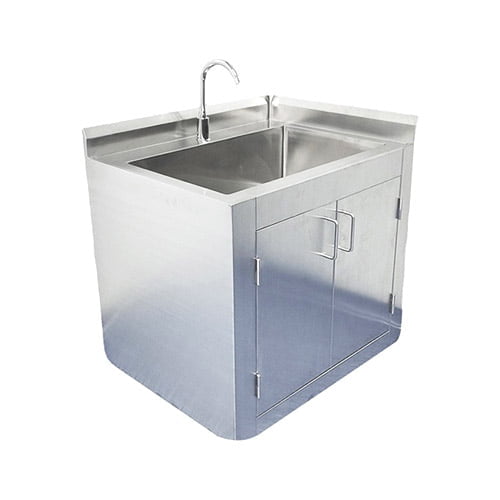
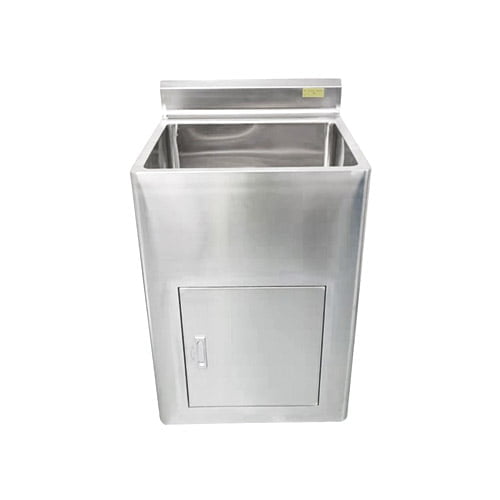

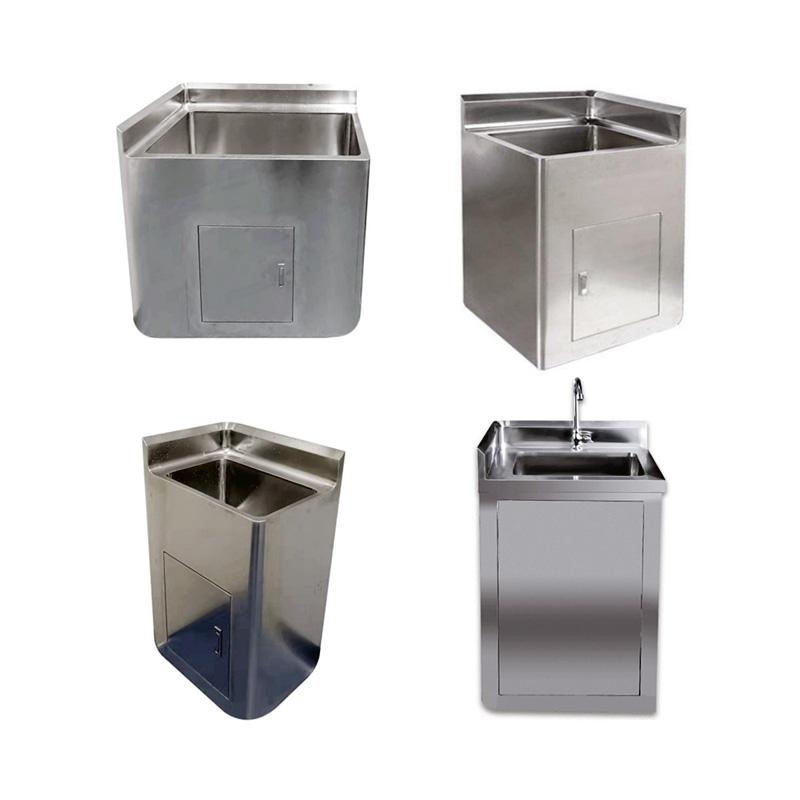
Related Contents:
- Unlocking the Power of Clean Room Purification: Four Vital Conditions
- Can Positive Pressure Clean Operating Rooms Be Used for COVID-19 Patients? Understanding Disinfection
- Essential Cleanroom Gowning Protocols and Contamination Prevention Strategies
- Revolutionizing Cleanrooms Equipment: Affordable and Efficient Design and Construction
- The Importance of HEPA Filters in Clean Rooms for Pharmaceutical Production
- Mastering Cleanroom Gowning: A Comprehensive Guide to Sterile Environments and Contamination Control
- What are Clean Room Systems?
- Bag-In/Bag-Out (BIBO) Systems: Operation and Maintenance Guide
- What Equipment is Needed for a Clean Room?

